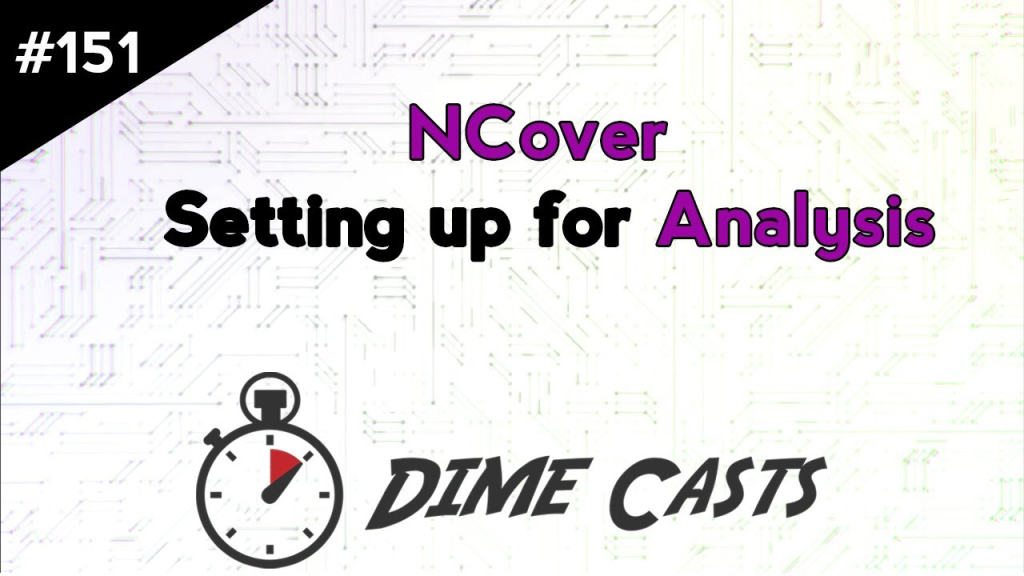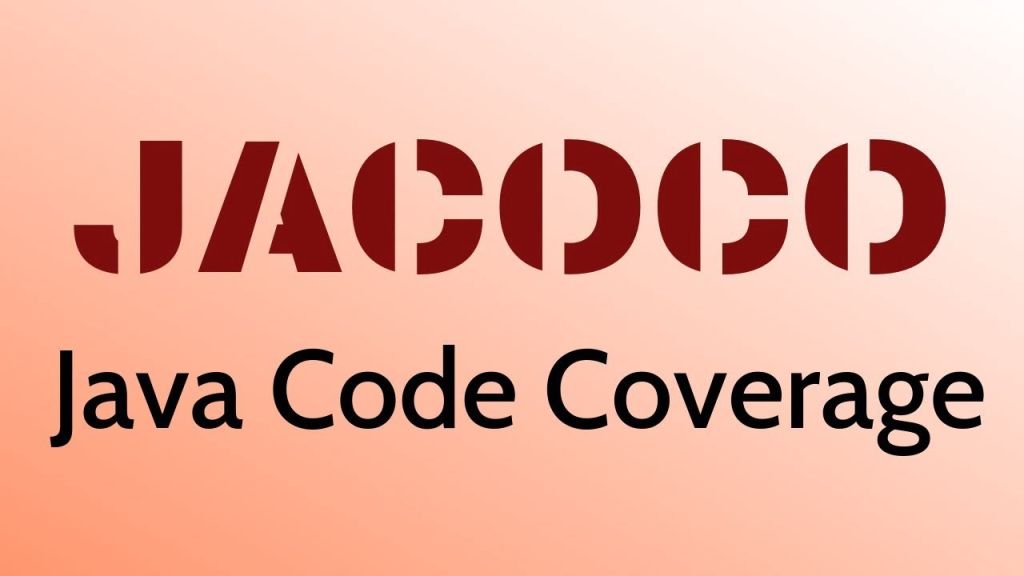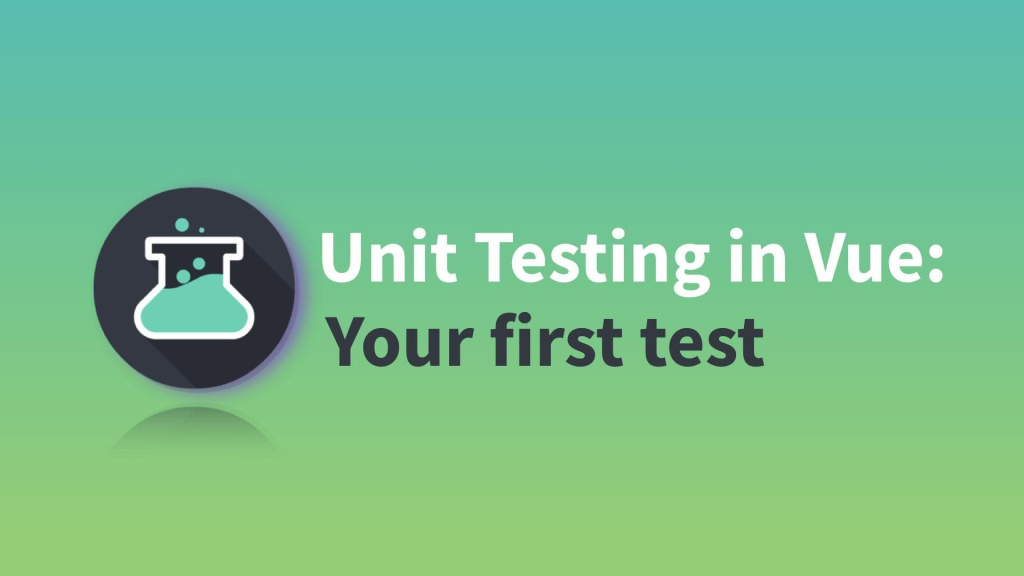
1. What is TeamCity?
A) A version control system
B) A continuous integration and deployment tool
C) A project management tool
Answer: B
2. What is the benefit of using TeamCity?
A) Faster time to market
B) Improved software quality
C) Reduced development costs
D) All of the above
Answer: D
3. What is a build configuration?
A) A template for building a project
B) A script for building a project
C) A set of instructions for building a project
Answer: A
4. How does TeamCity notify users about build results?
A) Email notifications
B) SMS notifications
C) Slack notifications
D) All of the above
Answer: D
5. What is a build agent?
A) A virtual machine used for building projects
B) A physical machine used for building projects
C) A container used for building projects
Answer: B
6. What is a build step?
A) A step in the build process
B) A step in the deployment process
C) A step in the testing process
Answer: A
7. Which version control systems does TeamCity support?
A) Git
B) SVN
C) Mercurial
D) All of the above
Answer: D
8. What is a trigger in TeamCity?
A) An event that starts a build
B) A tool used for debugging
C) A setting that limits the number of builds
Answer: A
9. What is a build queue?
A) A list of builds waiting to be started
B) A list of completed builds
C) A list of failed builds
Answer: A
10. What is a build artifact?
A) A file or directory generated during a build
B) A file or directory used during a build
C) A file or directory created after a build
Answer: A
11. What is a build script?
A) A script used for building projects
B) A script used for deploying projects
C) A script used for testing projects
Answer: A
12. Which platforms does TeamCity support?
A) Windows
B) Linux
C) Mac
D) All of the above
Answer: D
13. What is a build parameter?
A) A value passed to a build script
B) A value used to configure a build
C) A value used to debug a build
Answer: B
14. What is a build runner?
A) A tool used to run builds
B) A script used to run builds
C) A step in the build process that runs code
Answer: C
15. What is a build history?
A) A list of all builds for a project
B) A list of successful builds for a project
C) A list of failed builds for a project
Answer: A
16. What is a build chain in TeamCity?
A) A series of builds that depend on each other
B) A series of builds that run in parallel
C) A series of builds that never depend on each other
Answer: A
17. How does TeamCity deal with merge conflicts?
A) By using a merge tool
B) By creating a new branch
C) By reverting changes
D) By notifying users of the conflict
Answer: D
18. What is a VCS root in TeamCity?
A) A connection to a version control system
B) A template for building a project
C) A script for building a project
Answer: A
19. What is a snapshot dependency in TeamCity?
A) A dependency between builds
B) A dependency between projects
C) A dependency between version control systems
Answer: A
20. What is a build feature in TeamCity?
A) An add-on to a build configuration
B) A step in the build process
C) A tool used for debugging builds
Answer: A
21. What is a server in TeamCity?
A) A physical machine used for building projects
B) A virtual machine used for building projects
C) The main component of TeamCity that manages builds and configurations
Answer: C
22. What is a personal build in TeamCity?
A) A build started by a developer for testing purposes
B) A build started by a user for personal use
C) A build started by a team member for personal gain
Answer: A
23. What is a build grid in TeamCity?
A) A group of build agents used for building projects
B) A tool used for displaying build results
C) A script used for managing build configurations
Answer: A
24. What is a build chain trigger in TeamCity?
A) A trigger that starts a build chain
B) A trigger that stops a build chain
C) A trigger that restarts a build chain
Answer: A
25. How does TeamCity handle flaky tests?
A) By rerunning failed tests multiple times
B) By ignoring failed tests
C) By notifying users of the flaky test
Answer: A
26. What is a build label in TeamCity?
A) A name given to a build for identification purposes
B) A tool used for labeling builds
C) A script used for labeling builds
Answer: A
27. What is a build configuration template in TeamCity?
A) A template used for building a project
B) A template used for creating build configurations
C) A template used for managing build agents
Answer: B
28. What is a branch filter in TeamCity?
A) A filter used to limit the number of builds in a build queue
B) A filter used to limit the number of builds in a build history
C) A filter used to limit the number of builds triggered by a VCS root
Answer: C
29. What is a build chain snapshot in TeamCity?
A) A snapshot of all builds in a chain
B) A snapshot of the last successful build in a chain
C) A snapshot of the last failed build in a chain
Answer: B
30. What is a build type in TeamCity?
A) A type of build agent
B) A type of build configuration
C) A type of build runner
Answer: B
31. What is a build queue priority in TeamCity?
A) A setting that determines the order of builds in a queue
B) A setting that limits the number of builds in a queue
C) A setting that determines the number of builds that can run parallel
Answer: A
32. What is a build queue limit in TeamCity?
A) A setting that limits the number of builds in a queue
B) A setting that determines the order of builds in a queue
C) A setting that determines the number of builds that can run parallel
Answer: A
33. What is the purpose of the TeamCity build agent?
A) To execute builds
B) To manage builds
C) To run tests
Answer: A
34. What is the default port number for the TeamCity server?
A) 9090
B) 8080
C) 8000
Answer: B
35. What programming languages does TeamCity support?
A) Java
B) .NET
C) Ruby
D) All of the above
Answer: D
36. What are build artifacts used for?
A) To deploy software
B) To test software
C) To generate reports
Answer: A
37. What is a build step dependency in TeamCity?
A) A dependency between build steps
B) A dependency between builds
C) A dependency between projects
Answer: A
38. What is a build parameter prompt in TeamCity?
A) A prompt to enter a value for a build parameter
B) A prompt to enter a value for a build feature
C) A prompt to enter a value for a build runner
Answer: A
39. What is a branch in TeamCity?
A) A version control system branch used for building
B) A build configuration template branch
C) A branch used for storing build artifacts
Answer: A
40. What is a project in TeamCity?
A) A group of build configurations
B) A group of build agents
C) A group of build runners
Answer: A
41. What is a build log in TeamCity?
A) A log of the build process
B) A log of the testing process
C) A log of the deployment process
Answer: A
42. What is a build tag in TeamCity?
A) A tag used for identification purposes
B) A tag used for filtering builds
C) A tag used for version control
Answer: B
43. What is a build queue optimization in TeamCity?
A) A feature to optimize the order of builds in a queue
B) A feature to optimize the number of builds that can run in parallel
C) A feature to optimize build performance
Answer: A
44. What is a build queue status in TeamCity?
A) A status indicating the number of builds in a queue
B) A status indicating the number of completed builds
C) A status indicating the number of failed builds
Answer: A
45. What is a build status in TeamCity?
A) A status indicating the result of a build
B) A status indicating the result of a test
C) A status indicating the result of a deployment
Answer: A
46. What is a build configuration branch in TeamCity?
A) A branch used for building projects
B) A branch used for managing build configurations
C) A branch used for storing build artifacts
Answer: B
47. What is a build step plugin in TeamCity?
A) A plugin used to run build steps
B) A plugin used to manage build configurations
C) A plugin used for debugging
Answer: A
48. What is a snapshot dependency trigger in TeamCity?
A) A trigger that starts a snapshot dependency
B) A trigger that stops a snapshot dependency
C) A trigger that restarts a snapshot dependency
Answer: A
49. What is a build agent pool in TeamCity?
A) A group of build agents used for building projects
B) A tool used for displaying build results
C) A script used for managing build configurations
Answer: A
50. What is the purpose of using branches in TeamCity?
A) To manage different versions of code
B) To manage different build configurations
C) To manage different build agents








